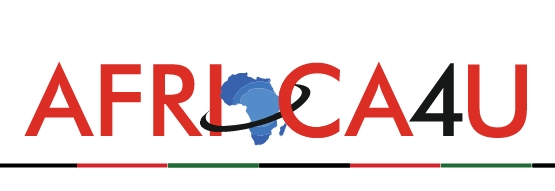- Kenya cancels expensive Chinese contract for the upgrade of the old railway track from Naivasha to Malaba
- The quotation surpassed Kenyan government’s envisaged budget reportedly by more than three times
Kenya has cancelled an expensive Chinese contract for the upgrade of the old railway track from Naivasha to Malaba. A Chinese contractor had quoted approximately Sh50 billion to upgrade the line and link it to the Mombasa-Naivasha SGR line. The quotation reportedly surpassed Kenyan government’s envisaged budget by more than three times, sending the government back to the drawing board.
The government of Kenya is studying fresh options to link the century-old line to the standard gauge railway (SGR) line at Naivasha. It has also chosen to fund the revamp of the metre gauge railway (MGR) line to Malaba with an initial budget of around Sh3.5 billion. According to sources from the government, the project is expected to start within a month and will be completed in a year’s time. Prior to the revision of plans, the construction was meant to start in July last year. The Malaba meter gauge line to the SGR is expected to facilitate the clearing of goods imported through the Port of Mombasa and headed to western Kenya and neighbouring countries of Uganda, the Democratic Republic Congo and South Sudan through the Naivasha dry port.
Speaking about the change of plan, Transport Secretary James Macharia stated that the Public-Private Partnership (PPP) arrangement was taking a long time, compelling the government to drop it and explore a cheaper financing model. He also added that the government wanted to move quickly because of the issue of trucks and the Covid-19. Truck drivers have emerged as a weak link in the region’s efforts to fight the spread of Coronavirus, which had infected 2,093 Kenyans and killed more than 75 people.
It was also reported that Kenya has dropped its plan to extend the SGR line to Kisumu and later on to the Ugandan border after failing to secure a multi-billion-shilling loan from China. China had funded the first and second phases of the line.





